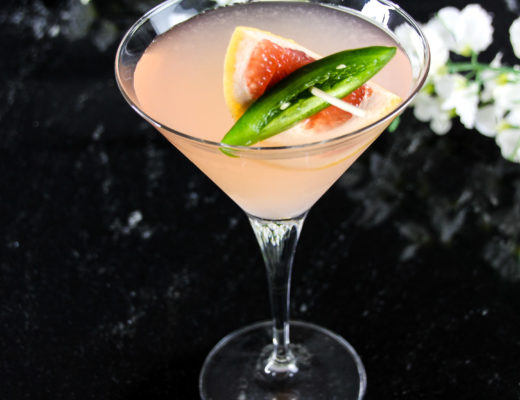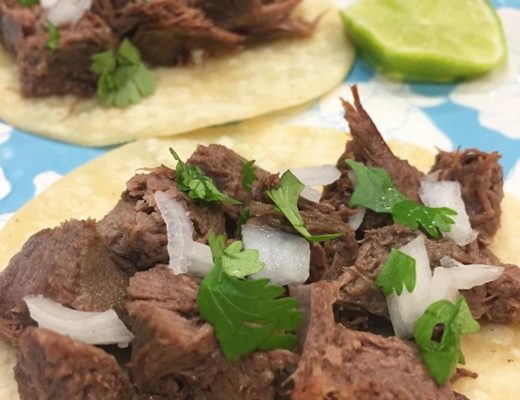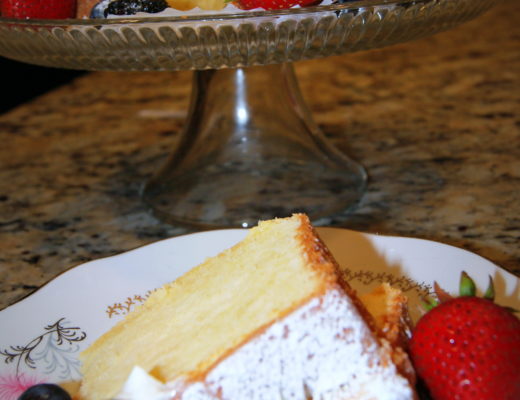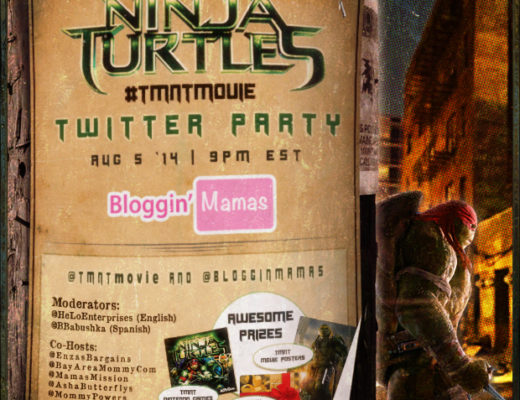This is a sponsored post in collaboration with the CA Strawberry Commission. All opinions are my own.
I was recently invited on a Strawberry Farm Tour, to learn more about strawberries and farming. I’m a huge strawberry fan, and already eat as many strawberries as I possibly can, so you know what my answer was… heck yeah I’ll go!
DID YOU KNOW that nearly 90% of U.S.-grown fresh strawberries come from California, with more than 1.7 BILLION pounds being harvested annually? California strawberries are grown by hundreds of family farmers, who are passionate about producing the sweetest and healthiest strawberries in the nation.
Due to our rich, sandy coastal soils, western ocean exposure and moderate temperatures, California has the perfect combination for a year-round strawberry growing season. More than four hundred family farmers grow strawberries on approximately 40,000 acres from Orange County, all the way to the Monterey Bay. With a 12 month growing season, there’s no reason why you can’t enjoy CA Strawberries each & every day of the year…no excuses!
 We’re all trying to eat better these days, and I’m no exception. I was happy to hear that California grows more organic strawberries than any other place in the world. Woot-Woot! Not only that, but CA farmers have invested more than $13 million dollars in research and sustainable farming practices to reduce pesticide use and environmental impacts. For one particular insect, the lygus bug, strawberry farmers are working with a bug vac, a series of hoods with fans that fit over the beds, mounted on the front of a tractor, to suck the insects off of the plants and fruit. It’s like a big bug vacuum cleaner!
We’re all trying to eat better these days, and I’m no exception. I was happy to hear that California grows more organic strawberries than any other place in the world. Woot-Woot! Not only that, but CA farmers have invested more than $13 million dollars in research and sustainable farming practices to reduce pesticide use and environmental impacts. For one particular insect, the lygus bug, strawberry farmers are working with a bug vac, a series of hoods with fans that fit over the beds, mounted on the front of a tractor, to suck the insects off of the plants and fruit. It’s like a big bug vacuum cleaner!
After spending some time in beautiful Santa Cruz, CA- it was time to head to the strawberry farm. We boarded the bus, headed to Watsonville, CA.
Rod Koda, Strawberry Farmer in Watsonville, California
Rod Koda is a third generation strawberry farmer in Watsonville. Rod, and his wife, Gwen, took over the family farm in 1985. Their farm, Shinta Kawahara, was established when Rod’s grandmother-in-law started growing strawberries in 1959. The Kodas continue to farm both organic and conventional strawberries on more than 27 acres along the Monterey Bay coast. Here he is, with his daughter, Joanna, explaining his planting philosophy to us. 
A dedicated farmer and family man, Rod enjoys working on his equipment and spending time with wife and three children. Rod has a bachelor’s degree from Cal Poly, San Luis Obispo. Farmer Rod is such a likable man, he’s passionate about his strawberries and wants to deliver the best possible product to us, the consumer. He showed us all around his farm, and introduced us to all the different strains of strawberries he grows. (My favorite was the Albion!)  When it was Q & A time, I knew exactly what I wanted to ask him. “What about GMO’s?” I was overjoyed when Farmer Rod told me they do NOT use GMO’s. There are no genetically modified CA strawberries commercially grown & shipped … YAY!
When it was Q & A time, I knew exactly what I wanted to ask him. “What about GMO’s?” I was overjoyed when Farmer Rod told me they do NOT use GMO’s. There are no genetically modified CA strawberries commercially grown & shipped … YAY!
DID YOU KNOW eight strawberries contain more vitamin C than an orange. Low in sugar, with only about 50 calories, strawberries are a great source of fiber, folate and potassium. Strawberries help maintain a healthy heart, boost memory and may lower the risk of developing some types of cancer. Eating strawberries more than twice a week appears to delay cognitive aging by up to 2.5 years! I knew strawberries were good for you, I just didn’t know HOW good for you, they’re a Superfruit!
 I had a blast out in the fields, seeing where my strawberries come from, and how they’re grown, I learned so much from Farmer Rod and appreciate the strawberries on my table that much more.
I had a blast out in the fields, seeing where my strawberries come from, and how they’re grown, I learned so much from Farmer Rod and appreciate the strawberries on my table that much more.  Farmer Rod isn’t the only talented one in the family, his wife, Gwen, makes a mean Strawberry Granola. She was kind enough to give me the recipe, and I’m sharing it with all of you!
Farmer Rod isn’t the only talented one in the family, his wife, Gwen, makes a mean Strawberry Granola. She was kind enough to give me the recipe, and I’m sharing it with all of you!
Next post, I’ll share all the yummy food we ate while on the tour…stay tuned!
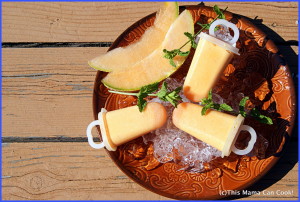

- 1 cantaloupe cut into cubes
- 1/2 cup whipping cream
- 1/2 cup coconut milk
- 1 sprig mint, approx 6-8 leaves chopped up
- In a blender, blend together all the ingredients until cantaloupe is no longer lumpy.
- Pour blended mixture into popsicle molds.
- Place in freezer for 2-3 hours, until popsicles are completely frozen.
- Remove popsicle from freezer one at a time to eat. Enjoy!
- You could add 1/4-1/2 cup sugar to mixture in blender, if needed, just depends on sweetness level of cantaloupe.



